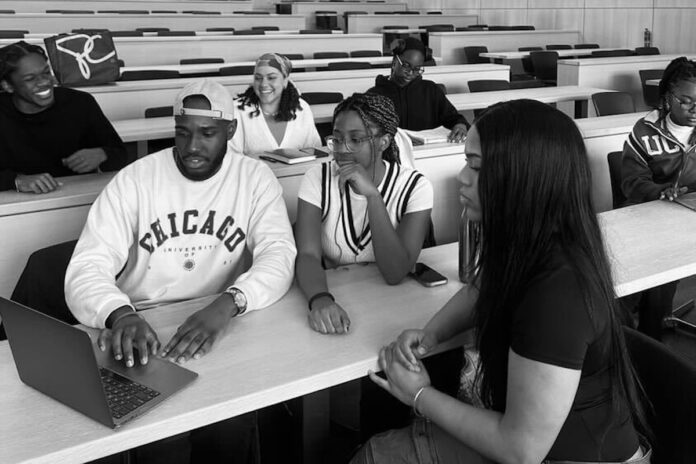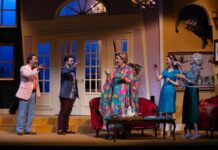
SOLUS, a new student-led videographic and photographic project is using a creative lens to promote a more unified Black student body at Carleton University.
Set to launch June 30, the project brings together several African and Caribbean students to visually amplify all Black voices and their complex realities in academia and other predominantly white institutions. SOLUS also highlights issues of division among Black ethnicities on campus, particularly an absence of Caribbean voices.
As an art collective, SOLUS contains several sub-projects, including poetry readings discussing the impacts of colonialism and photography illustrating the barrier between Caribbean and African students.
The sub-projects will be released in four intervals within a week of each other on SOLUS’ Instagram page. Melbourne said the collective is keeping the details of these sub-projects a closely guarded secret until the launch date.
Melissa Melbourne, a second-year criminology student, founded the project in January when she noticed a lack of space for Caribbean voices within the student body.
“I wanted to create SOLUS … to bridge that divide and allow people to see that we do have these spaces [for Caribbean students],” she said.
Melbourne recalled moving to Ottawa from Toronto in her first year, and said the experience would have been more difficult if it weren’t for the Afro-Caribbean friends who moved with her.
“Even still, I struggle to find a lot of Caribbean students on campus or Caribbean spaces,” Melbourne said. “We had a lot of clubs that catered to Black students but whenever I went, it didn’t necessarily feel as though my people were welcomed also in that space.”
While creating SOLUS, Melbourne said she learned from her Caribbean peers about division at Black student events and other issues, and the individual impacts they experienced.
“Having the African and Caribbean community come together to create something, it kind of showed that although there is this divide, we can come together and we should be getting together,” Melbourne said.
Melbourne also marked the importance of having the Caribbean Student Association (CSA) at Carleton University. It is important for Caribbean students to have a club catered to their needs, she said.
Melbourne said she hopes Carleton’s clubs and organizations see SOLUS as an opportunity for a more inclusive space for all Black students.
Lu-Ann Telphia, a criminology student and CSA’s vice-president of events, said in an email to the Charlatan that the club’s main purpose is to “foster a sense of belonging and support for Caribbean students.”
“Caribbean voices are muted throughout the campus,” Telphia said. “Though we do not make up a significantly large demographic, we believe that our culture and knowledge should be shared and available for our community that exists within Carleton University.”
Telphia emphasized the importance of having a space on campus where Caribbean students can connect with their community.
“We want to showcase the diversity of each Caribbean country, showing the world who we are while also educating our members and non-members of the rich and colourful culture and history.”
Maya St. Clair, a second-year human rights student, joined SOLUS when she heard about Melbourne’s vision. As a Grenadian, St. Clair said the project intrigued her as an opportunity to engage with her community.
“When it comes to the Black community, we have a lot of African students where Caribbean students get overshadowed,” she said.
Despite being in a predominantly white space, St. Clair said being able to comfortably connect with her peers through SOLUS made her feel like she was “back home.”
“There was a bigger community [at Carleton] than I thought there was,” she said. “There are a lot of us there and we want to be heard. We want to be seen.”
Featured photo by Melissa Melbourne





